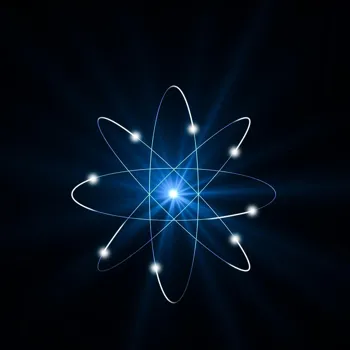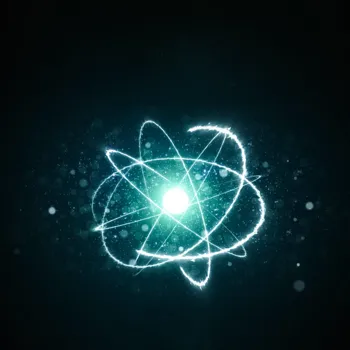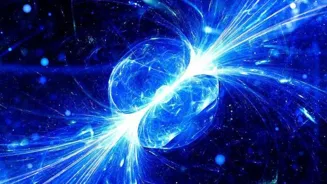Unveiling the Secrets of the Universe: The Quest for the Higgs Boson. Delve into the discovery that reshaped physics. Read on!
The universe, a vast and seemingly limitless expanse, has always been a source
of fascination and wonder for humanity.

From ancient astronomers charting the movement of celestial bodies to modern-day physicists probing the fundamental building blocks of reality, we have strived to understand our place in the cosmos.
One of the most significant breakthroughs in this quest has been the discovery of the Higgs boson, a fundamental particle that plays a crucial role in explaining how things get their mass. It is small, but it has helped us develop huge insights.
The hunt for the Higgs boson involved building complex machines and involved scientists worldwide.
The search for missing piece in Standard Model
The story begins with the Standard Model of particle physics. This is a theoretical framework that aims to describe all the known fundamental forces and particles in the universe. It is like a set of rules that govern how everything interacts on a very small scale.

The Standard Model has been incredibly successful in explaining many experimental observations. However, it wasn't complete, it had a missing piece, a puzzle, a gap. The question was, how do fundamental particles get their mass?
Without mass, everything would be massless and would travel at the speed of light. This would mean atoms could not form and the universe as we know it would not exist. Our very understanding of reality seemed to be in jeopardy!
It was a complex problem that needed a very very complex solution to resolve and create a new step ahead in science.
Higgs mechanism proposes field giving particles mass, confirmed by finding Higgs boson
To address this puzzle, the Higgs mechanism was proposed. This theory suggests that there exists a field permeating all of space, called the Higgs field. When particles interact with this field, they acquire mass. The Higgs boson is the particle associated with this field.

Think of it like walking through water. The water resists your movement, making it harder to move. Similarly, particles interacting with the Higgs field experience resistance, which we perceive as mass. How do we confirm that this idea isn't just some grand philosophical idea?
The answer lay in finding the Higgs boson itself, or more specifically, proving its presence with tangible effects.
scientists use Large Hadron Collider to find Higgs boson
Finding the Higgs boson was not an easy task. Scientists needed a very powerful particle accelerator, something that could smash things on a very tiny level, a machine capable of creating the high-energy conditions necessary to produce this elusive particle.
Enter the Large Hadron Collider (LHC) at CERN, one of the largest and most complex scientific instruments ever built, located on the border between Switzerland and France. The LHC is a giant accelerator that propels beams of protons.
It sends beams of protons close to the speed of light and then collides them head-on. These collisions generate a shower of particles. Among these particles, scientists hoped to find the Higgs boson.
Physics world celebrates discovery of Higgs boson particle
After decades of searching, on July 4, 2012, the world of physics erupted in excitement. Scientists at CERN announced the discovery of a new particle. After careful analysis of the data, this exciting new finding was highly consistent with the predicted properties of the Higgs boson.
The discovery was a major triumph for the Standard Model and provided strong support for the Higgs mechanism. The announcement was met with global celebration, and the scientists involved were awarded the Nobel Prize in Physics in 2013.
It was something that everyone rejoiced, because the universe became a bit more clear to us after its discovery.
Discovery of Higgs boson reshapes universe understanding, opens new physics possibilities
The discovery of the Higgs boson has profound implications for our understanding of the universe. It confirms the existence of the Higgs field, shedding light on the origin of mass. This knowledge helps us to understand the fundamental forces that govern the behavior of matter.
While the discovery of the Higgs boson is a major step forward, it is not the end of the story. There are still many questions about the universe that remain unanswered. Exploring the properties of the Higgs boson can potentially unlock new physics.
It could explain things beyond the Standard Model. Currently Physicists are trying to get a deeper knowledge of the field and thus understand the other underlying mysteries of our universe.
AI Generated Content. Glance/InMobi shall have no liability for the content













